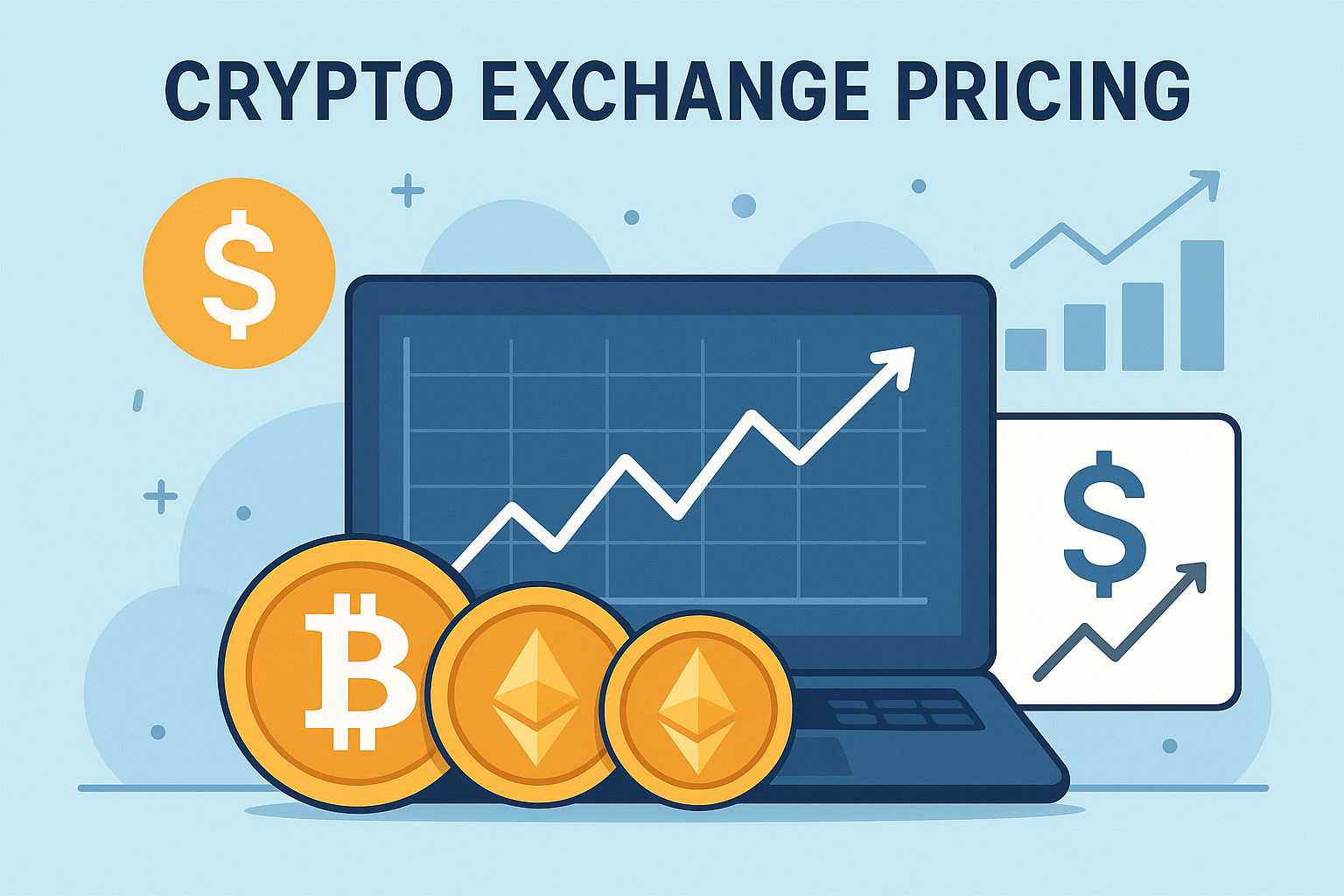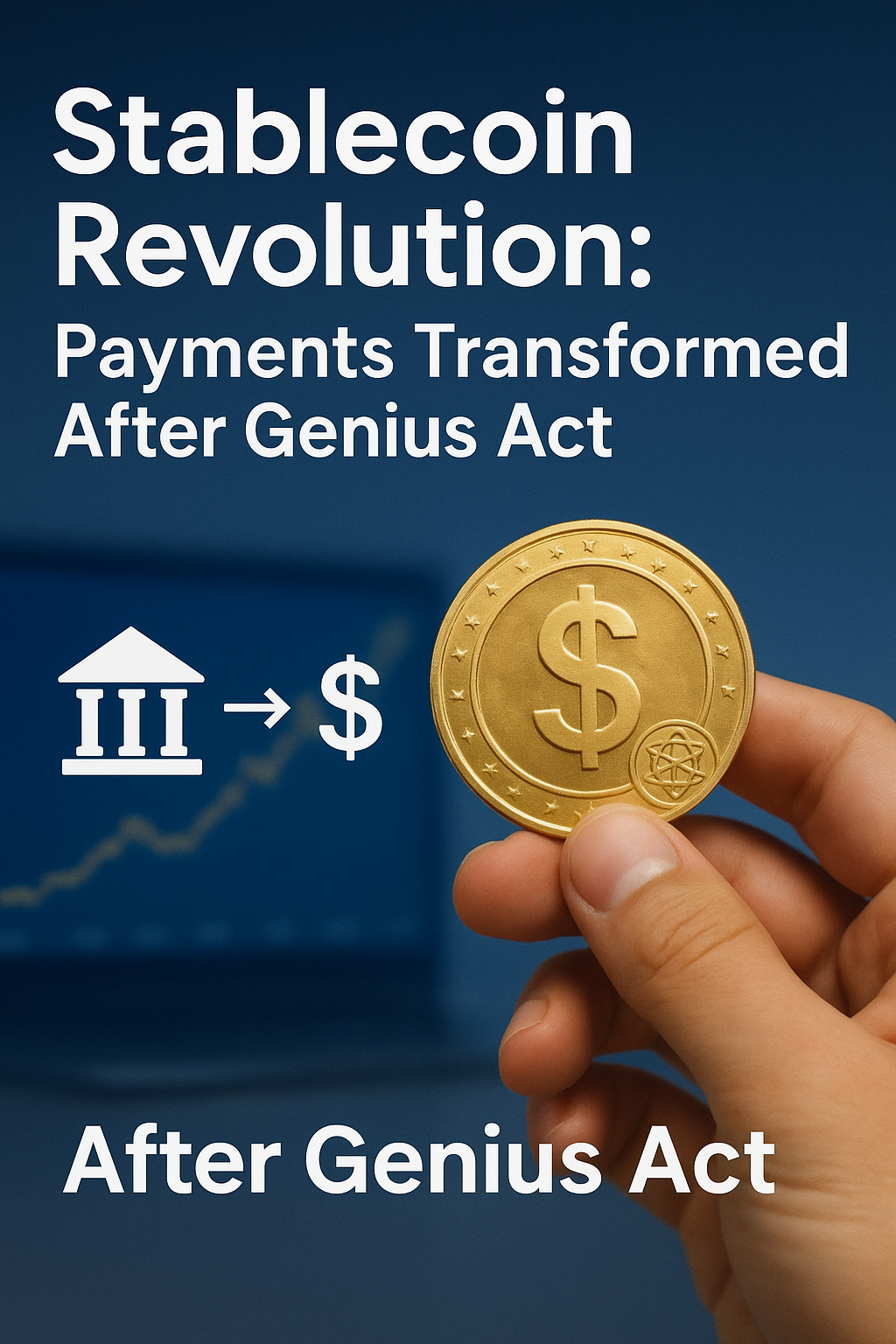
Daftar isi: [Hide]
- 1Introduction
- 2What is a Crypto Exchange?
- 3Benefits of Using a Crypto Exchange
- 410 Best Crypto Exchange Platforms in 2025
- 4.1 1. Binance
- 4.22. Coinbase Exchange
- 4.33. Kraken
- 4.44. Bybit
- 4.55. OKX
- 4.66. KuCoin
- 4.77. Gemini
- 4.88. Bitstamp
- 4.99. Gate.io
- 4.1010. Crypto.com Exchange
- 5How to Buy a Crypto Exchange Plan
- 6Future of Crypto Exchange
- 7Conclusion
- 8FAQs
- 9📌 The password is in the YouTube video : @Alviann45 (TEAM PART 4) JOIN TEAM HERE ✅
Introduction
You want a crypto exchange that does more than just trade coins. You want a platform that delivers value, offers transparent pricing, and helps you grow wealth. Buyers no longer chase hype; they evaluate **crypto exchange pricing**, **subscription models**, and the long-term **ROI of a crypto exchange**. Businesses, traders, and investors compare deals, ask about onboarding costs, and demand clarity on plan structures. They weigh hidden fees against transparent terms. They evaluate whether enterprise-grade plans justify higher spend, or whether starter plans support a growing portfolio. Smart buyers also analyze **crypto exchange vs competitor pricing** before committing. They look beyond headline fees and ask how integrations, trading tools, and compliance support impact total ownership cost. The stakes are clear: the right exchange maximizes profit and minimizes friction. The wrong one traps you with high spreads, complex withdrawal policies, or weak support. This article shows you exactly how to choose wisely. We explore the **best tools for crypto exchange pricing**, reveal standout platforms, compare plans, and explain how to calculate ROI. Whether you want a personal trading account or a business-ready solution, you will finish this article with clarity to act.
What is a Crypto Exchange?
A crypto exchange provides a marketplace where you buy, sell, and trade digital assets. You use it to convert fiat to crypto or swap one cryptocurrency for another. Buyers choose exchanges based on liquidity, security, and costs. Providers package their services in plan tiers. Starter plans attract retail traders with low entry fees. Pro or enterprise plans target institutions that demand advanced analytics, custom APIs, and volume discounts. Exchanges monetize through trading fees, spread margins, subscriptions, and premium features. Some charge monthly costs for advanced charting or business accounts. Others monetize through maker-taker fees with hidden spreads. You must review the plan terms before committing. Contract structures also differ. Some exchanges offer flexible monthly subscriptions, while others push annual plans with upfront payment. You must calculate which option delivers higher ROI.
Benefits of Using a Crypto Exchange
A strong crypto exchange directly impacts your financial outcomes. * **Lower transaction costs**: Competitive fees increase your net profit per trade. A plan with volume-based discounts saves thousands over time. * **Revenue expansion**: Premium features like margin trading, staking, or futures contracts create new income streams. Businesses use these to capture additional yield. * **Faster payback period**: Transparent pricing accelerates ROI. You recover your investment quicker when fees stay predictable. * **Operational efficiency**: Integrations with accounting, compliance, and tax tools reduce overhead. The exchange saves you time and outsourcing costs. * **Risk management**: Advanced security and compliance features protect assets. That reduces costly fraud exposure and downtime. When you evaluate **crypto exchange ROI**, you look beyond trading spreads. You measure how a platform helps you reduce costs, create revenue, and accelerate payback.
10 Best Crypto Exchange Platforms in 2025
1. Binance
Binance serves retail and institutional traders with global liquidity. It offers spot, futures, margin, and staking options. Pro plans include API integrations, advanced analytics, and business accounts. You should check current pricing to compare with competitors. Onboarding remains fast, but enterprise clients may face compliance reviews and setup costs.
2. Coinbase Exchange
Coinbase attracts US and European clients who prioritize regulation and compliance. Paid features include custody, institutional trading, and fiat on-ramps. Plans scale from starter retail accounts to Coinbase Prime for businesses. You should check current pricing for enterprise onboarding.
3. Kraken
Kraken wins loyalty through security and transparent fee structures. Traders use Pro accounts for futures and margin trading. Business clients buy API access and liquidity services. Kraken onboarding charges vary by business size; check current pricing before committing.
4. Bybit
Bybit specializes in derivatives and futures. Paid features include trading bots, copy trading, and institutional leverage tools. Businesses evaluate Bybit plans for competitive maker-taker fees. Buyers must review the total cost of ownership since leverage trading increases both cost and potential gain.
5. OKX
OKX delivers a balance of spot trading, futures, and DeFi integrations. Paid accounts provide professional-grade APIs and analytics dashboards. Plans target both startups and large funds. Check current pricing for DeFi integrations and premium staking tools.
6. KuCoin
KuCoin attracts retail traders with altcoin listings. Paid features include margin trading, lending, and trading bots. Business plans provide team accounts and API priority. Setup fees vary, so buyers should check current pricing and hidden costs.
7. Gemini
Gemini emphasizes compliance and regulatory strength. Enterprise clients choose Gemini Custody and Gemini Clearing. Plans include advanced security audits and insurance coverage. Businesses must weigh setup fees against ROI from compliance protection.
8. Bitstamp
Bitstamp serves as one of the oldest regulated exchanges. It offers transparent pricing, simple onboarding, and institutional accounts. Paid plans include advanced reporting and custody. Buyers should compare Bitstamp vs competitor pricing before deciding.
9. Gate.io
Gate.io provides a wide range of altcoins and futures. Paid features include advanced charting, API integrations, and copy trading. Businesses evaluate total cost of ownership by factoring trading fees and subscription costs. Always check current pricing.
10. Crypto.com Exchange
Crypto.com targets both retail and business clients with competitive trading fees and a wide product set. Paid features include debit cards, institutional APIs, and staking services. Plans scale from individual accounts to enterprise partnerships. Buyers must confirm onboarding costs.
How to Buy a Crypto Exchange Plan
You must evaluate plan tiers before you commit funds. * **Starter vs Pro vs Enterprise**: Starter plans fit retail traders. Pro plans fit active traders. Enterprise plans fit funds and businesses that demand API priority, custody, and compliance support. * **Monthly vs Annual**: Monthly subscriptions give flexibility. Annual plans offer discounts but lock you in. You must calculate expected volume before committing. * **Hidden costs**: Exchanges sometimes add withdrawal fees, network charges, or premium access surcharges. Always review the total cost of ownership. * **Free trial or demo**: Some platforms offer a free trial of crypto exchange features. Always request one before purchase. It reduces risk and helps you confirm ROI. * **Procurement tips**: Always request a written plan breakdown. Compare crypto exchange vs competitor pricing before finalizing.
Future of Crypto Exchange
Crypto exchanges evolve with technology and regulation. Buyers must anticipate changes that affect pricing and ROI. * **AI-driven add-ons**: Exchanges now add AI trading bots as paid features. These increase subscription value but add to monthly cost. * **Usage-based billing**: Some providers move from flat fees to per-trade pricing. This affects your cost predictability. * **Compliance costs**: Regulatory frameworks tighten globally. Exchanges may increase onboarding fees to cover audits and compliance. * **Cross-platform integrations**: More platforms bundle DeFi, NFTs, and payments. Businesses must calculate whether bundled packages justify higher subscription pricing. The future favors exchanges that deliver transparent cost structures while offering innovation.
Conclusion
You must evaluate more than headline fees when choosing a crypto exchange. You must consider subscription models, onboarding costs, plan tiers, and ROI. You must compare crypto exchange vs competitor pricing to avoid hidden costs. The right exchange increases profit, accelerates payback, and reduces risk. The wrong choice drains your budget with fees and wasted time. Act now: **compare plans, request a demo, and check current pricing**. Do not delay. Your ROI depends on smart selection today.
FAQs
**1. Is a crypto exchange worth the price for businesses?** Yes. A business recovers its investment quickly when it selects a plan that matches trading volume and compliance needs. Always calculate ROI of a crypto exchange before purchase. **2. What plan differences exist in a crypto exchange?** Starter plans target retail traders. Pro and enterprise plans target businesses and funds. Buyers must review features, onboarding costs, and hidden fees. **3. Does a free trial of a crypto exchange exist?** Some platforms offer a free trial or demo. Always request one to reduce risk and confirm feature value before paying. **4. How does crypto exchange vs competitor pricing compare?** Exchanges differ in spreads, maker-taker fees, and subscription charges. Buyers must request a breakdown and compare alternatives to maximize ROI. **5. What hidden costs should I check before buying a crypto exchange plan?** Look for withdrawal fees, staking lock-up costs, and network charges. Always calculate the total cost of ownership, not just base subscription fees.
📌 The password is in the YouTube video : @Alviann45 (TEAM PART 4) JOIN TEAM HERE ✅






